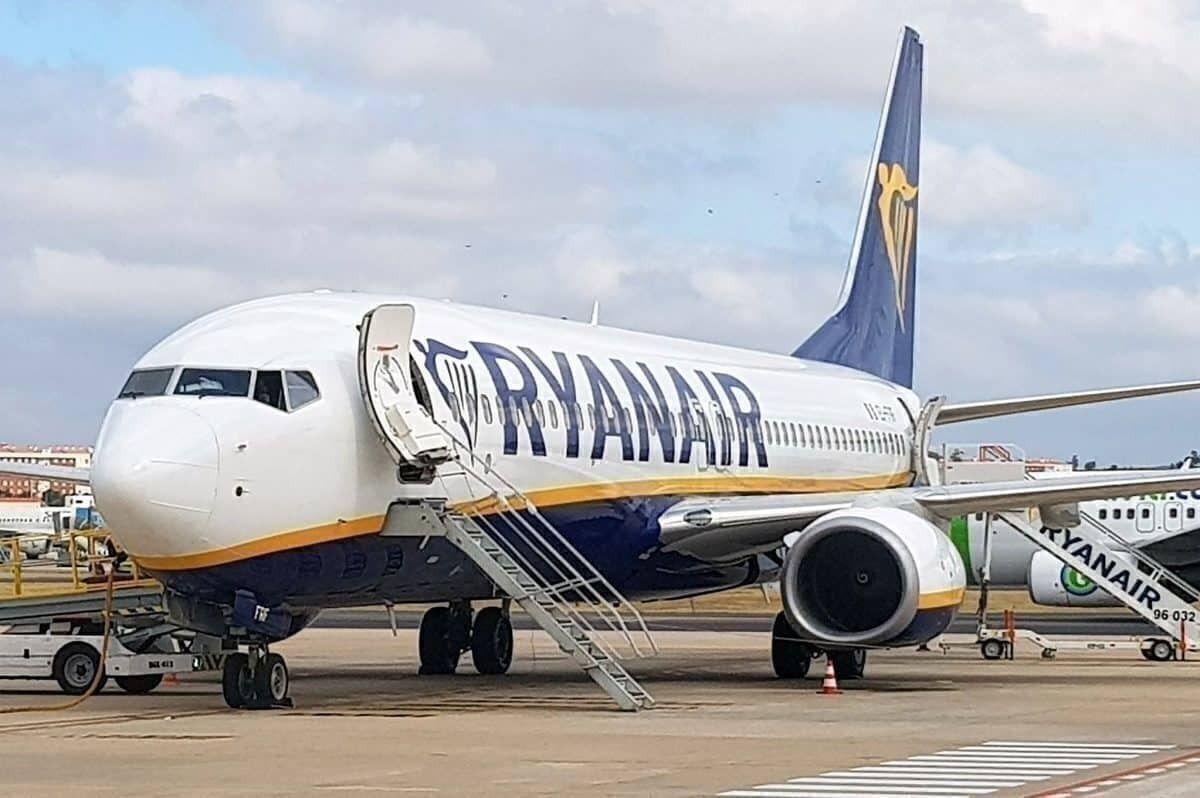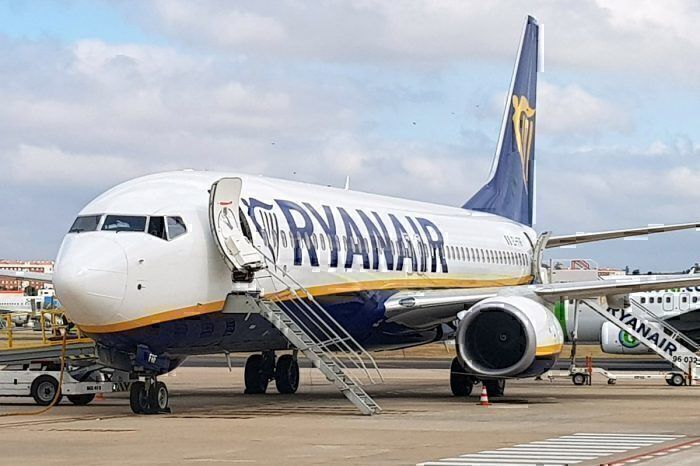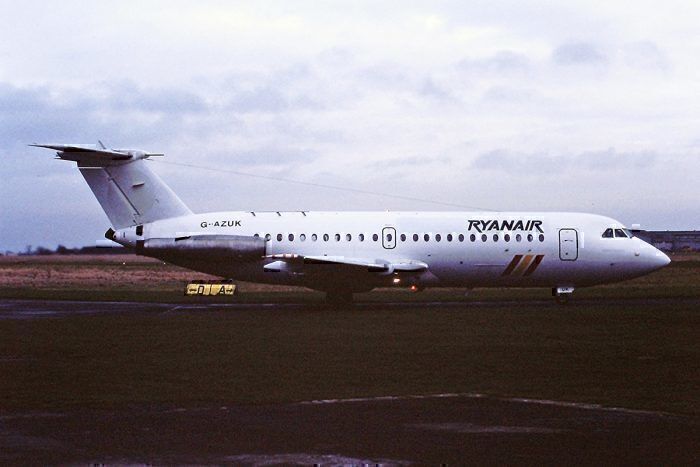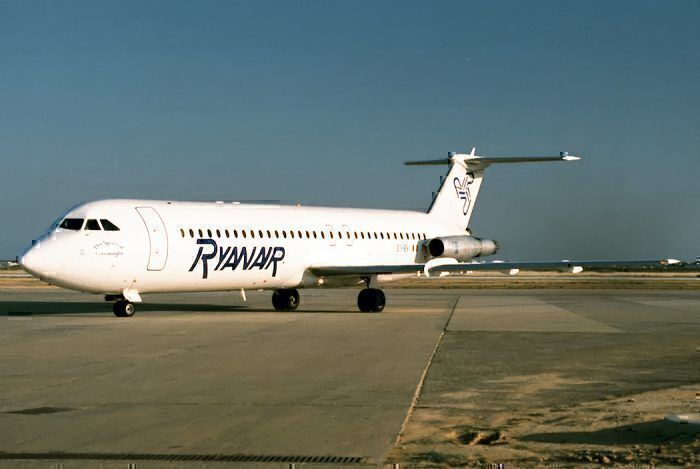Ryanair is one of Europe's most popular airlines, serving over 2400 daily flights from its 83 bases. The carrier has grown rapidly since operating its first flights in 1985. CAPA reports that Ryanair is Europe's biggest individual airline with 140 million passengers flown last year. This is a feat that co-founder, Tony Ryan, would be proud of since building the brand nearly 35 years ago.
The Irishman was previously an Aer Lingus employee from 1955, before working with them to start Guinness Peat Aviation (GPA). GPA specialized in aircraft leasing and went on to be worth $4 billion at its peak. This organization benefited from technical, financial and legal support from Aer Lingus, allowing Ryan to broker and manage wet leases. These deals supported aircraft lessors with also the maintenance staff and flight crew.
Cross-country challenge
Following his growth in confidence and revenue through GPA's operations, Ryan used his experience to found Ryanair. The businessman wanted to challenge the dominance that the small number of airlines had over the Ireland-Britain network.
However, Aer Lingus had placed a non-compete clause in Ryan's contract. This caused the entrepreneur to start the firm through a family trust, installing two of his sons as executives. One of the sons, Cathal, applied his experience as a pilot while the other, Declan, applied his financial expertise.
Aer Lingus and British Airways served the majority of airports in the London area from Ireland. Therefore, Ryan opted to launch his low-cost carrier with flights to the nearby town of Luton.
Ryanair's licence was granted in December 1985, launching its flights at a modest return fare of £99. This price was less than half of what Aer Lingus and BA charged on their lowest fare. This spurred the veteran airlines to lower their prices significantly, chasing the first European fare war.
After flying 82,000 passengers in its first year of operations, Ryanair increased its services with 15 new routes. Dubliners were treated to flights to Cardiff, Glasgow Liverpool and Manchester. Meanwhile, new routes from Luton to Galway Cork, Shannon, Waterford and Knock opened up too.
Rapid expansion
Ireland and the United Kingdom both deregulated their combined air routes in 1988. This pushed Ryanair to increase its fleet size to operating on a total of nineteen routes. By 1990, the company’s fleet totaled nine aircraft, including six BAC1-11s and three ATR42s. 750 members of staff helped Ryanair progress through this time with its sales-driven approach.
The early 1990s saw Ryanair excel in its role as a no-frills carrier under Ryan’s supervision as well as his assistant, Michael O’Leary. The airline adopted a single aircraft type and increased the frequency of its service. With passengers willingly sacrificing comfort for value, Aer Lingus made a £25 million offer for the firm in 1993. However, Ryanair responded by overtaking both Aer Lingus and British Airways as the largest commercial carrier on the Dublin-London route.
Meanwhile, the airline overhauled its fleet with 12 Boeing 737s to capitalize on the European Union’s new ‘Open Skies’ policy. Subsequently, the brand launched its first four European routes from 1997, with new routes from London Stansted and Dublin.
Stockholm, Oslo, Paris and Brussels were the first European cities served, bringing Ryanair's year end passenger count to 3.73 million.
Change in direction
Ryan’s relationship with O’Leary started to dwindle after the pair’s disagreement on the firm’s approach to customer service. Thereafter, Ryanair launched Ryanair.com in January 2000, making it Europe’s largest flight booking website, with 50,000 bookings a week.
Along with this, GPA was sold in the same year, netting Ryan $47 million. By this time, Ryan was no longer an active chairman of the airline he founded, with O’Leary taking control of the low-cost airline.
By this point, Ryanair was serving around five million passengers a year, a feat achieved due to Ryan’s determination. Using his expertise in aircraft handling while cultivating his aviation network, Ryan grew his project into an international powerhouse. After stepping down, Ryan further pursued his aviation expertise by investing 16% in Tiger Airways before passing away in October 2007.
Today, Ryanair serves 130.3 million passengers per year with its load factor hitting over 95.0%, making it one of Europe’s biggest airlines. Connecting 39 countries, the airline continues to grow with its 455 Boeing aircraft.




